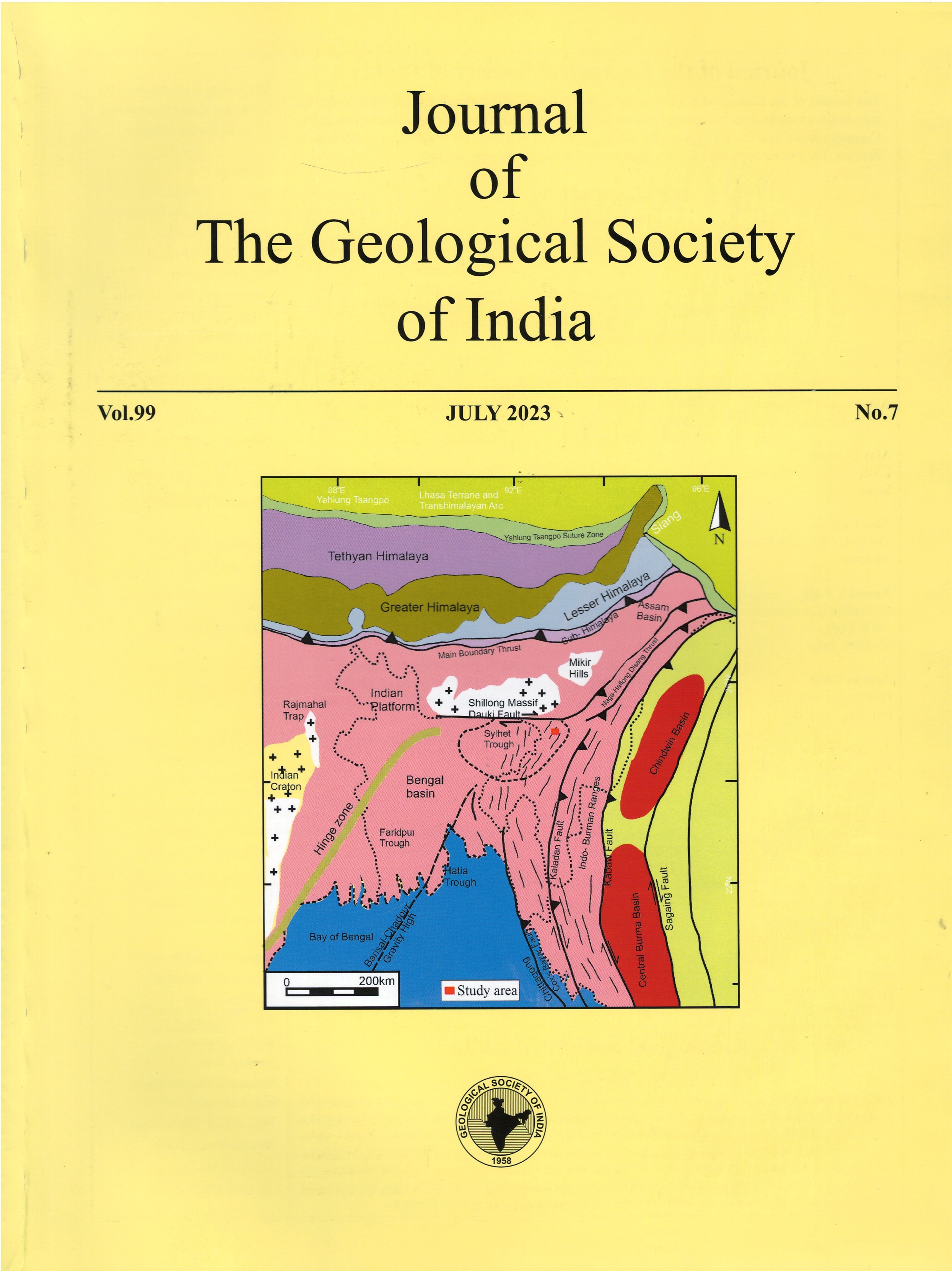Dickinsonia tenuis reported by Retallack et al. 2021 is not a Fossil, Instead an Impression of an Extant ‘fallen beehive’ by S.K. Pandey, Shamim Ahmad and Mukund Sharma. Jour. Geol. Soc. India, v.99, 2023, pp.311-316
DOI:
https://doi.org/10.1007/s12594-023-2427-5Keywords:
No keywords.Abstract
We consider existing reliable data indicate the depositional age of the uppermost sandstone (Maihar Sandstone) of the Vindhyan Supergroup to be closer to 1000 Ma. We consider the penultimate statement by Pandey et al. (2023) “… the Maihar Sandstone is deposited within the Ediacaran Period” (our italics) is erroneous. In this note, we address both the dubious geochronology and the dubious biostratigraphy called on by Pandey et al. (op. cit.), and comment on the impropriety of changing extant stratigraphy on the basis of either.
Downloads
Download data is not yet available.
Metrics
Metrics Loading ...
Issue
Section
Discussion
Downloads
Published
2023-12-20
How to Cite
Bickford, M. E., & Basu, A. (2023). Dickinsonia tenuis reported by Retallack et al. 2021 is not a Fossil, Instead an Impression of an Extant ‘fallen beehive’ by S.K. Pandey, Shamim Ahmad and Mukund Sharma. Jour. Geol. Soc. India, v.99, 2023, pp.311-316. Journal of Geological Society of India, 99(7), 1033–1036. https://doi.org/10.1007/s12594-023-2427-5

 Marion E. Bickford
Marion E. Bickford






